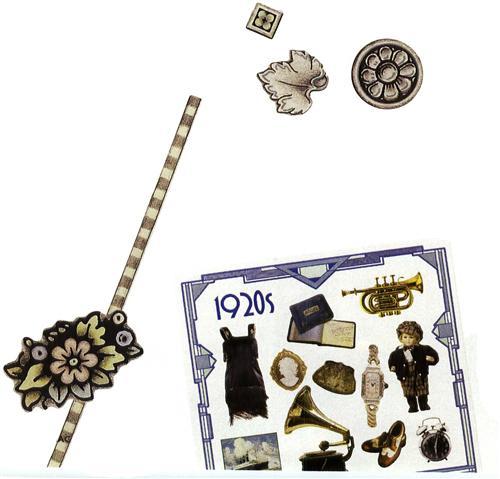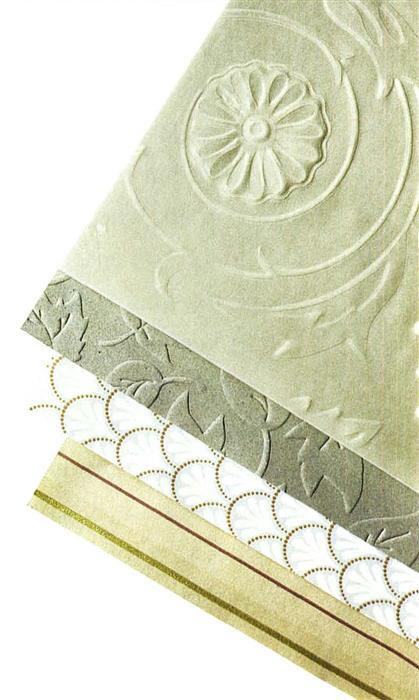Sign up for the Family Tree Newsletter Plus, you’ll receive our 10 Essential Genealogy Research Forms PDF as a special thank you!
Get Your Free Genealogy Forms
"*" indicates required fields

STICKERS Me & My Big Ideas borders and corners <www.meandmybigideas.com> and Frances Meyer 1920s designs <www.francesmeyer.com> are sure to add the right look.
STAMPS Choose from stamps such as Judi-Kins’ Art Deco motifs <www.judikins.com>, Hampton Art Stamps’ Saturday Evening Post covers <www.hamptonart.com> and Clearsnap’s vintage cars roller <www.clearsnap.com>.
Hard-pressed to find punches that don’t hurt your hands? Try the Memories Forever E-Z Touch Punch. Just pop in four AA batteries, squeeze the handle, and punching is a breeze. The $15 gizmo comes with two punches. A variety of extra punches are available, too, including decorative corner rounders. Also look for the $5 Punch It Up the E-Z Way idea book by Tamara Sortman. <www.westrimcrafts.com>
Q. I recently inherited a pile of old family photos that included tintypes and daguerreotypes. How should I care for these unique old photos? Should I store them in my albums?
A. “Cased” images such as tintypes and daguerreotypes are some of the earliest forms of photography. Tintypes range in age from 1856 to the early 20th century, while daguerreotypes go back as far as 1840 and continued to be used about the next 20 years. Both processes involved the images being printed on metal or iron.
These one-of-a-kind photos should be carefully handled, and shouldn’t be placed in scrapbooks. Instead, make copies to use in your albums, then safely store the originals. David Mishkin, president of Just Black & White, a custom photo-restoration lab in Portland, Maine, says that tintypes and daguerreotypes should be encapsulated by storing them in an envelope made from acid-free, lignin-free paper; polyethylene; or Mylar. You can purchase them from any archival supply catalog. (See the April 2001 Family Tree Magazine for Mishkin’s 10-step guide to encapsulation.)
Once encapsulated, tintypes and daguerreotypes should be placed in an acid-free, lignin-free box for additional protection. You should then keep the boxes in an environment that has optimum temperature and humidity control. Ideally, the temperature for storage should be 68 degrees and the relative humidity shouldn’t exceed 50 percent (10 to 20 percent lower is acceptable in both cases). One of the best and easiest places to find those conditions is in a safe deposit box at your local bank.
Bold patterned papers reflect the vibrant energy of the decade. You’ll find these elegant ’20S-style printed papers from K&Company <www.kandcompany.com>, Frances Meyer <www.francesmeyer.com> and the Family Archives <www.heritagescrapbooks.com>.
Neutrals and brights dominated the ’20s, as Art Deco influenced everything from fashion to architecture and introduced the use of stronger shades and metallics, such as gold and silver.
Find more scrapbooking advice in Memory Makers magazine. For product news, tips and giveaways, subscribe to the Memory Makers newsletter at <www.memorymakersmagazine.com>.
ADVERTISEMENT


